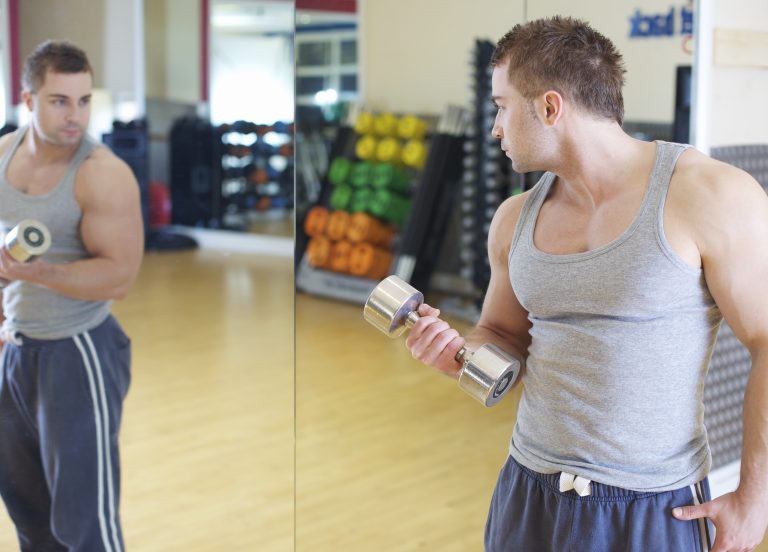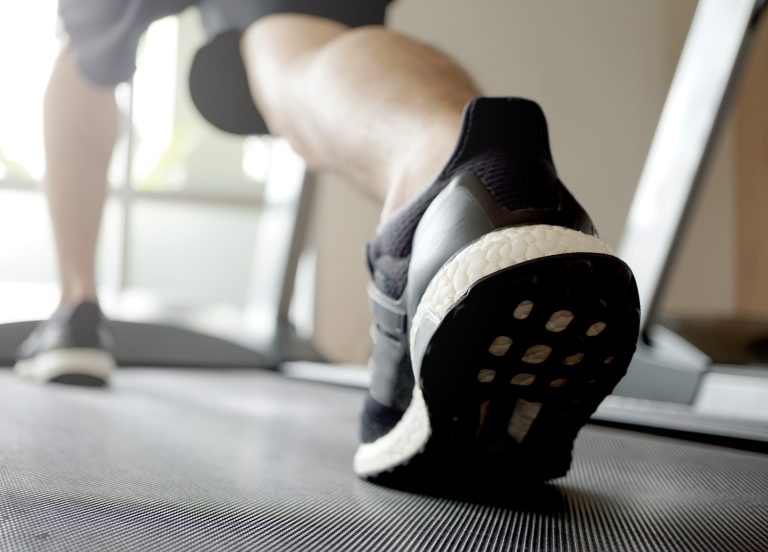Understanding pain part 4: persistent pain
Key message 1: pain is an output of the brain in response to multiple inputs. Inputs come not just from pain sensors, but also from memories, beliefs and attitudes, fear, stress, fatigue and so on.
Key message 2: sometimes the output of pain exceeds the need for pain. The danger has passed, but the brain is still receiving information that vigilance is needed and pain persists.
Key message 3: understanding the pain mechanism can help us to “self-audit” i.e., ask ourselves what other inputs may be fueling or sustaining our pain experience?
Key message 4: we are inherently adaptable and can habituate to pain. With the right help and a staged return to meaningful activities our response to danger signals from our tissues can diminish.
In part one of this series I used Greg Lehman‘s analogy between the way an alarm sounded by a ship’s lookout gets passed up the chain of command to the Captain and how nociceptors ( the body’s pain sensors) pass information up to the brain. At various levels in the chain of command a decision is made as to whether the alarm warrants action – and so gets passed further up the chain – or can be ignored.
Sighting a light off on the starboard side would be a normal occurrence on a ship and on hearing the lookout’s alarm the first mate/spinal cord may decide there is no reason to notify the Captain. If, on the other hand the ship was navigating pirate infested waters then the first mate would be sure to notify the Captain and she may well decide to change course.
Persistent pain/Sensitisation
The ship may have left the pirate infested waters where vigilance was necessary to protect it, but if the fear of pirates remains it can stay on high alert and be over-sensitive to information it receives. In the same way the body can continue to experience pain long after the potential threat has passed. We become “sensitised”: pain becomes a learned response. Sensitisation, as it is called, has to be considered whenever someone has been experiencing pain for a prolonged period of time.
Habituation
The opposite of sensitisation is habituation. Habituation means that for the same input over time the output is smaller. If you get into a hot bath with cold feet the water can at first seem intolerably hot, but very soon we habituate to the temperature and it feels fine. It’s the same with pain. We can start to build our tolerance to performing meaningful activities, which can lead to habituation and less pain. We know that pain doesn’t always mean damage and that we can gradually “turn down” our response to danger signals from our tissues.
When you have been experiencing pain for a long time it is important to return to physical activity just as it is after a shorter episode of pain. The progression back to exercise will be slower and there may well be setbacks along the way. Understanding that this is the case can help to overcome any setbacks.
The Captain (brain) can also send information back down the chain. She can say it’s okay, we know what those lights are; you don’t need to worry about them anymore – the danger has passed.






